
This photo was shot during the conversion, with the interior removed.
Updated 11.05.2013
Märklin 3605

This photo was shot during the conversion, with the interior removed.
The 3605 is the digital version of the 3125, originally fitted with a 6081 digital
decoder. I was not very happy with the light installation in the red
arrow. All the lights, that means the three lamps in both ends and the
interior light, was all controlled by the function output (f0) on the 6081
decoder, without directional change. The lower front lights were
illuminated by a separate bulb in each end, the upper front light was
illuminated by the interior light bulb, via the interior light guide.
Rather quickly I figured out that I had to make some changes,
mainly to separate the interior light and the three front lights in each end.
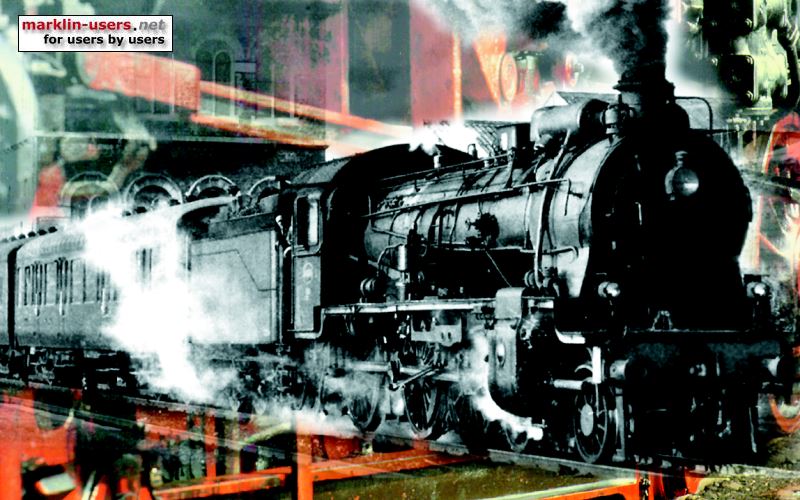
The inside of the 3605 before the conversion
Distribution circuit board
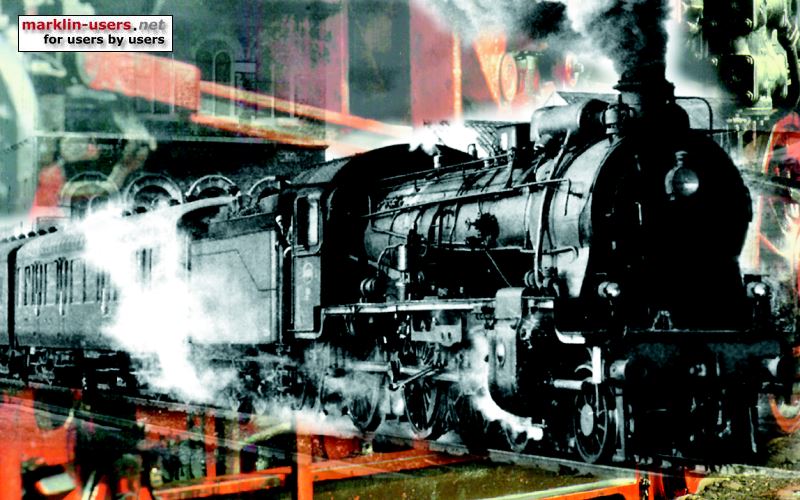
The originally fitted distribution circuit board. A small disc capacitor
was installed under the printed plate, between the two green wires.
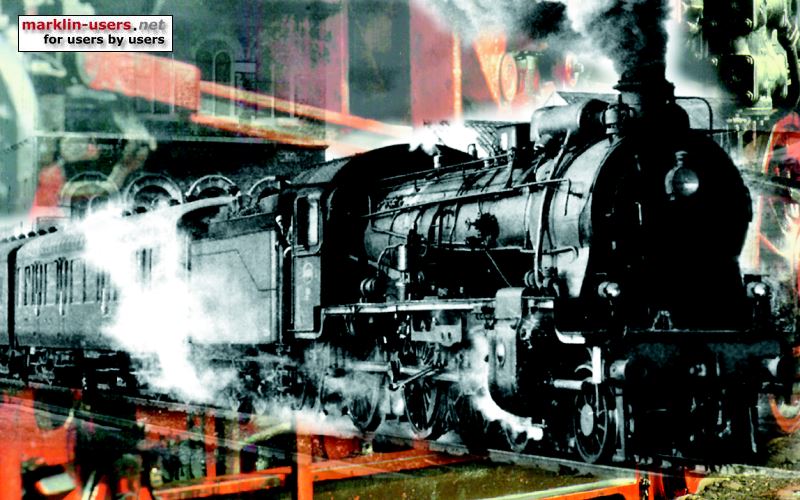
The originally fitted distribution printed plate after the conversion. A 1,5
Kohm resistor for the red LED in the front is installed where the capacitor used
to be. The ground lead, who used to go from the nearest screw to the rear
lamp ground (a screw and four soldering pads, on the photo of the original
installation) is cut between soldering pad two and three. The cut-off part
is used to distribute the front lamp wire (grey).
Driving noise
Another "problem" with the 3605 was a strange noise when driving in curves.
On straight tracks no noise, only the normal driving sound. It took me some time to figure out
the reason for the noise. In curves there is an angle between the driven
bogie and the white drive shaft. Due to the construction of the shaft and
the joints, the rotor in the electric motor was moving back and forth rapidly,
to times per motor revolution. The rotor is centred by the magnetic
force, it was pushed out of centre by the drive shaft, back in position by the
magnetic field etc.
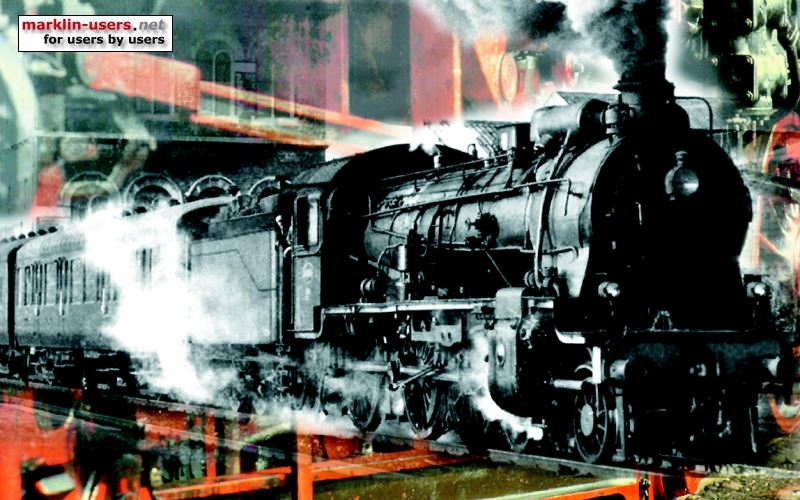
First I twisted the drive shaft 90 degrees, to get the to joints out of line. It did help a little bit, but not enough. The next step was to shorten the shaft approx 1,0 mm. That did the trick. The Roter Pfeil is now practically noiseless when driving in curves.
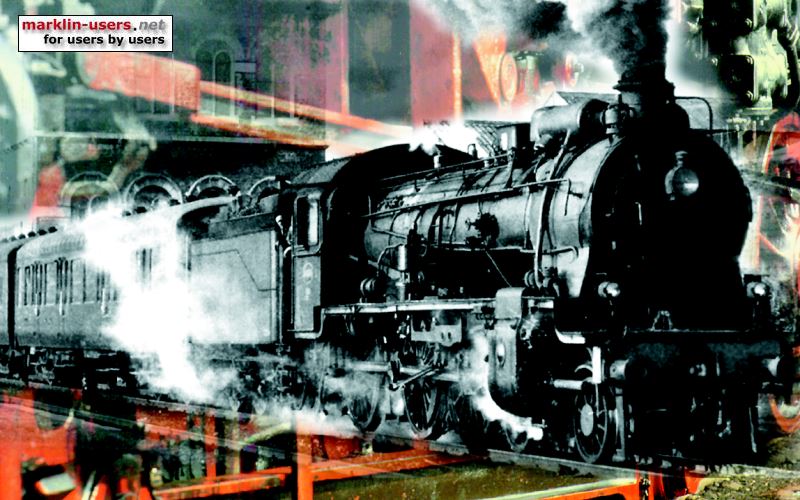
Motor:
No modifications are done to the motor. The two new noise suppressors are soldered
to a home made printed circuit board. To achieve the same top speed, in both directions,
125 km/h, I had to set the forward speed to 0,900, or 90% of the reverse speed,
after setting the reverse speed to step 105 of 255.
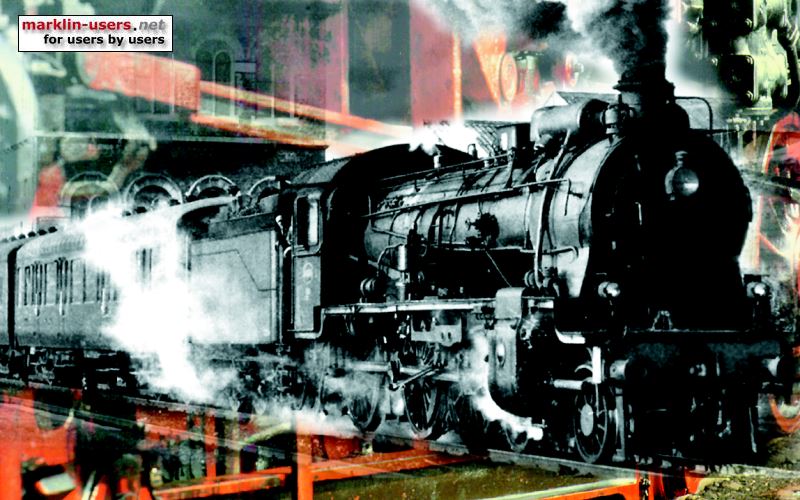
Decoder:
I installed the 60922 decoder in a decoder holder, Märklin part no. 456200, where the
old decoder used to be, as far backwards as possible.
The functions:
f0 = the two lower white front lights and one rear red light, changing with the
direction
f1 = interior light
f2 = upper front light, if f0 is on, changing with the direction
f3 = shunting speed
f4 = acceleration and braking delay off
Light control:
I wanted to split the light into three functions and add a rear red light.
The Roter Pfeil often had a red glass covering the rear right lamp. The
glass was manually installed before driving. This is my idea:
Front and rear light:
The two lower lamps in both end is controlled separately with f0.
The original bulb sockets remains in place. The bulbs are changed to
610080 from 600080. In addition, a red smd LED is installed to make the rear red
light. The bulb socket and it's holder makes a good separation of the two lamps, so the
red light is only visible in the right hand lamp.
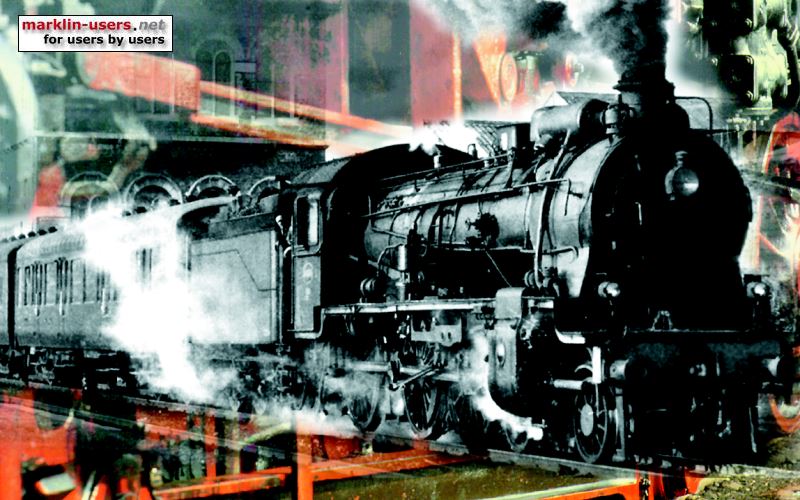
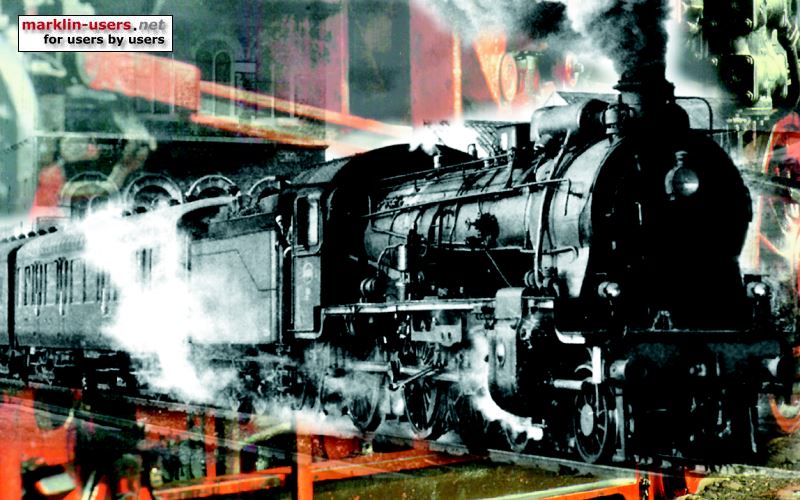
If the light change is not synchronised, press f5
The upper front lamps:
The upper head lamps are controlled with two
opto couplers. Current from the function f0 passes through the transistors
in the the two couplers, provided that f2 is on. When f2 is on, two LEDs
inside the couplers triggers the transistors and the current from f0 passes
through, turning the lamps on. In other words, when either f0 or f2 is
cut, the lamps get dark. See the wiring diagram.
I do not know if this was a possible function on the Roter Pfeil, but I think it
is funny to make things like this and I did not find another use for the f2 function.
It would be a pity not to use all the function outputs on the decoder.
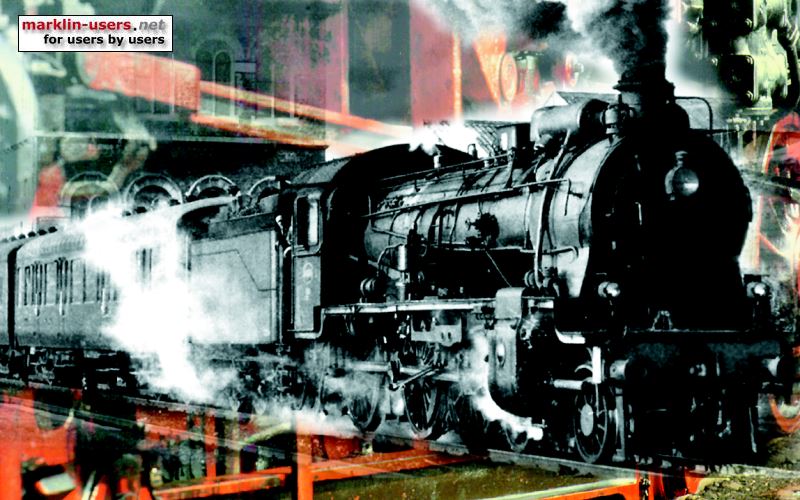
For the upper front lamps I found two light guides meant for the upper front light of a big steamer (Br 85), Märklin part no. 244950. The lens part, with a few millimetres of the light guide, is glued into position in the roof. A 610080 lamp is glued under the roof. The whole thing is then covered with a small u-shaped tube (made of a straw) and secured to the roof with insulating tape. The tape also prevents unwanted light spill. It does not look very good, but it does the job. The three wires (the rear bulb is not connected in the photo) goes down through the rest room, not visible from the outside. A three-pole connector makes the electrical connection between the car chassis and the body, making the body easy to install and remove.
Light control printed circuit board
I have made a light control pcb of a piece of experimental board.
This serves several purposes. It holds the two opto couplers and
their voltage drop resistors, as well as the dropping resistor for the rear red
light. It also holds the three-pole connector for the upper front lights.
The prototype, shown in the photos, also holds the noise suppressors for the
motor, but this is not a good solution, as the space gets too small for
comfortable work.
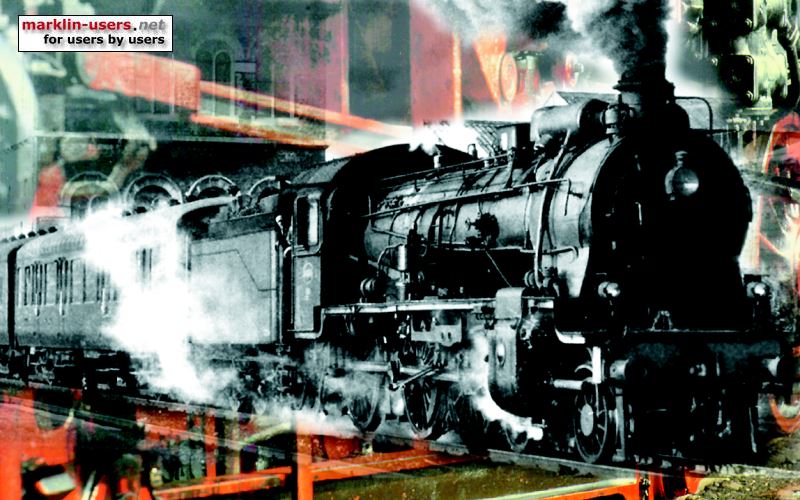
Interior light:
The interior light is controlled with f1. A 28 volt T1 bulb is used to reduce
the light intensity, compared to the originally fitted bulb. I could not use the original light guide for the
upper head lamps and the interior light, as this was one unit. As I didn't
want to destroy the original light guide, I had to find another solution. The light
guide for the passenger car illumination set 7333 is perfect. The only thing I had to do was to cut out a part of the light
distributor to fit around the rest room walls.
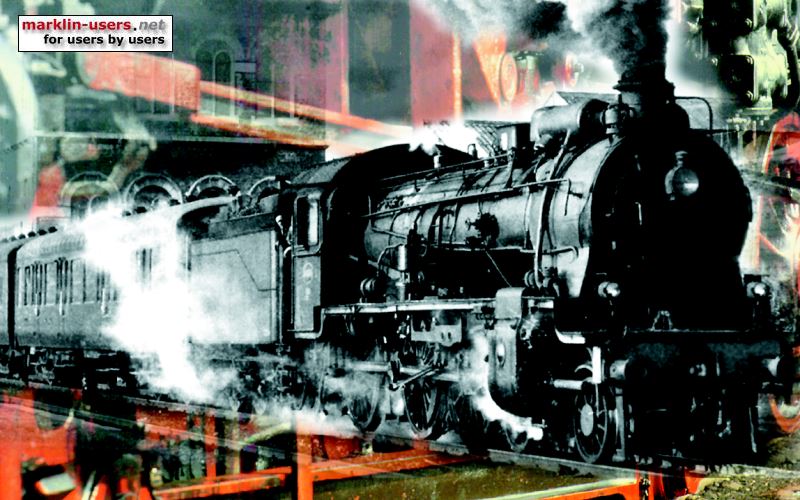
This is an animation of the light functions.
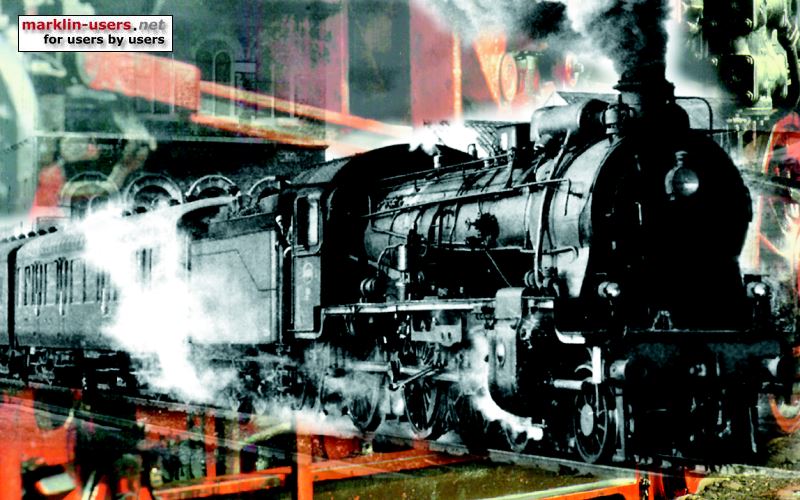
The additional parts I have used to upgrade the Märklin 3605:
| Märklin no. | Pcs. | Description |
|---|---|---|
| 60922 | 1 | Digital mfx decoder |
| 456200 | 1 | Decoder holder |
| 610080 | 2 | Bulb for digital operation, 22 Volts |
| 244950 | 2 | Light guide, upper lights |
| 7333 | 1 | Light guide, interior light |
| - | 1 | 28 Volt T1 bulb for the interior light |
| - | 2 | Red smd LED |
| - | 2 | EL817 optocoupler |
| - | 4 | 1,5 Kohm resistor |
My setting of the decoder, Märklin Central Station 1:
| Decoder settings, 3605 | Default | Mine | |
|---|---|---|---|
| Analog settings: | |||
| Enable analog mode | check | < | |
| Starting voltage | 7,300 | < | |
| Maximum voltage | 23,000 | < | |
| Control settings: | |||
| Swap directions | uncheck | < | |
| Max speed | 255 | 105 | |
| Min speed | 4 | 1 | |
| Acc time | 7,000 | 7,500 | |
| Dec. time | 3,750 | 7,500 | |
| Forward trim | 1,000 | 0,900 | |
| Reverse trim | 1,000 | < | |
| Motor settings: | |||
| Motor PWM-frequency: | |||
| Low frequency | uncheck | < | |
| High frequency | check | < | |
| Load Control: | |||
| Reference parameter | 11,300 | < | |
| Control parameter K | 60 | 140 | |
| Control parameter I | 120 | 64 | |
| Control influence | 255 | < | |
| Special options: | |||
| Preserve direction | check | < | |
| Persistent acceleration | uncheck | < | |
| Persistent speed | check | < | |
| Persistent functions | check | < | |
The decoder functions:
| 3605 SBB RCe 2/4 203 | ||||||||
|---|---|---|---|---|---|---|---|---|
| mfx 60922 | Lower light | Interior light |
Upper light | Shunting speed |
Acc/ dec | |||
| funct. | dir. | front | rear | front | rear | |||
| f0 | forward | 2 | 1 | 1 | ||||
| reverse | 1 | 2 | 1 | |||||
| f1 | both | on | ||||||
| f2 | forward | if f0 on | ||||||
| reverse | if f0 on | |||||||
| f3 | both | on | ||||||
| f4 | both | delay off | ||||||
Wiring diagram:
The home made opto coupler pcb:
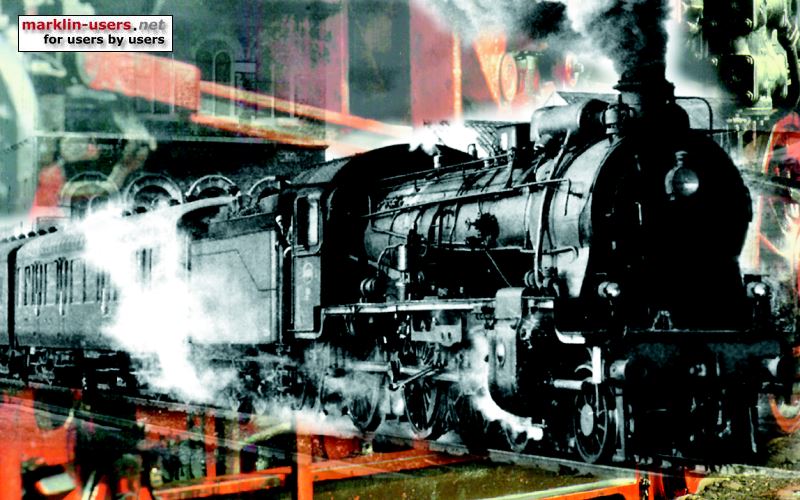
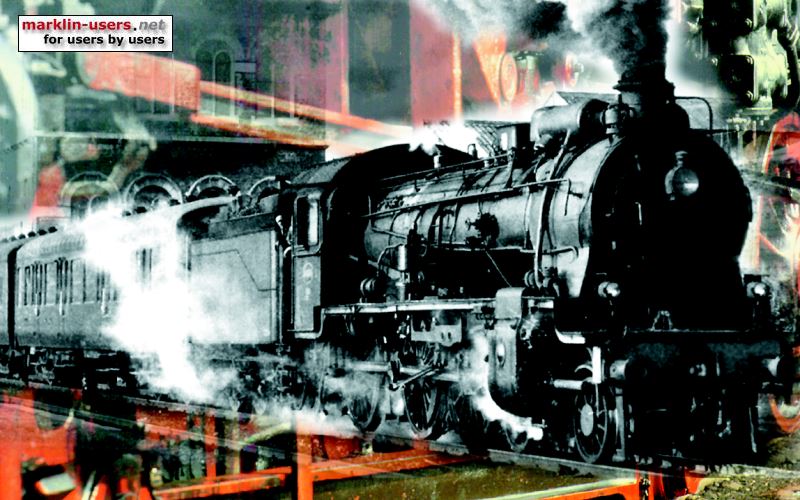
The pcb is also used for distribution of the wires to the rear lamps. It is seen from the copper lead side.